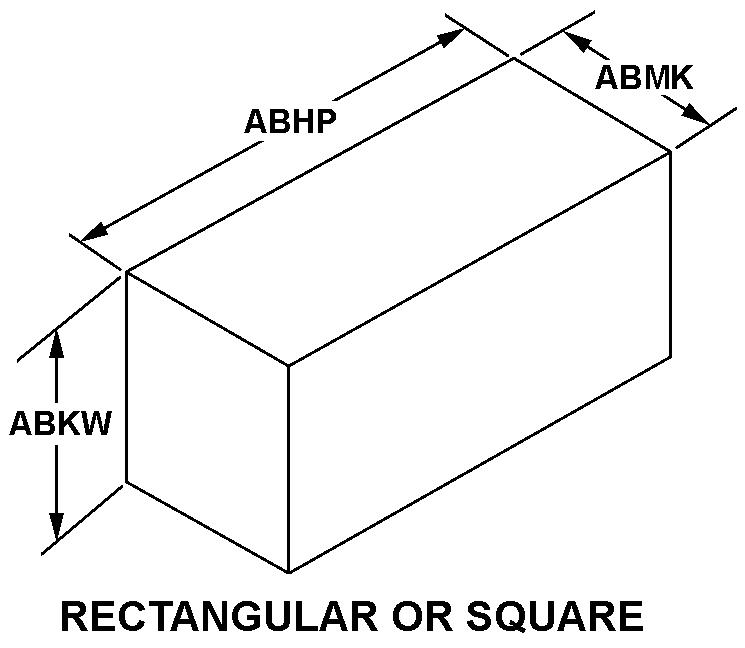6625005427132
Price Quote Get an up to date pricing and availability quote for this product. Order online or over the phone.
Quality Commitment
Serving our customers with quality and safety first.
- AS9120 Certified
- Audited supply chain
- ITAR Registered
- DDTC Registered
- HAZMAT Certified
- Customer service objectives
- Every product 100% inspected

6625-00-542-7132 Specification Set by the OEM (see RNCC code 3)
19.000in. ⁓19-1/64"
10.469in.
15.313in.
fungus proof and moisture proof
not rated
not rated
not rated
not rated
rectangular or square
SG69APPM1
not rated
encased
manual
rack and top of cabinet/counter and transportable
local
electron tube
not rated
50.0
380.0 watts input
not rated
not rated
50.000 ohms output channel
0.020 microseconds output channel
0.020 microseconds output channel
50.000 volts output channel
output channel pulse
-10.0/+10.0
rectangular
1 cathode ray tube
not rated
integral cable w/power plug rear
60.0 single voltage
pulse repetition
3 integral cable w/power plug external
230.0 single voltage
single
pulse test, except especially designed
Cross Reference Parts Part numbers that meet the specification outlined on this page and set by the OEM
Identification Item Identification Guide (IIG) and Item Name Code (INC)

Definition Definition of approved item name (AIN): "GENERATOR,PULSE"
An electronic device which develops a discontinuous electrical potential with an abrupt rate of change of voltage which determines the harmonic content of the pulse train. The duration of a single pulse output is relatively short compared to the time of the recurrence cycle. See also generator, single pulse; and generator, electronic marker.
6625-00-542-7132 Material Hazmat, Precious Metals, Criticality, Enviroment, and ESD
Indicates there is no information in the hmirs. The nsn is in a fsc in table ii of fed std 313 and a msds may be required by the user. The requirement for a msds is dependent on a hazard determination of the supplier or the intended end use of item.
Item does not contain precious metal.
Represents items with no adp components
The item does not have a nuclear hardened feature or any other critical feature such as tolerance, fit restriction or application.
Identification Codes
HMIC: Hazardous Material Indicator Code. A one position code that identifies a hazardous item.
PMIC: Precious Metal Indicator Code. A one position code which identifies items that have precious metals as part of their content. precious metals are those metals generally considered to be uncommon, highly valuable, and relatively superior in certain properties such as resistance to corrosion and electrical conductivity.
ESD: Electrostatic Discharge. Indicates if an item is susceptible to electrostatic discharge or electromagnetic interference damage. electrostatic discharge damage occurs when an accumulation of static electricity generated by the relative motion or separation of materials is released to another item by direct contact. electromagnetic interference damage occurs when an item comes into proximity with an electrostatic or magnetic field.
ENAC: Enviromental Attribute Code. Identifies items with environmentally preferred characteristics.
CRITL: Criticality Indicator Code. Indicates an item is technically critical by tolerance, fit, application, nuclear hardness properties, or other characteristics.
Material Management Material categorization and source of supply
Navicp-erp 700 robbins avenue philadelphia, pa 19111-5099
General purpose electronic test equipment.
Material Codes
SOS: Source of Supply. A three position code or routing identifier code (ric), which identifies the source of supply activity.
SMIC: Special Material Indicator Code. A two position code, which categorizes material on the basis of requirements for source or quality control, technical design or configuration control, procurement, stocking and issue control, special receipt, inspection, testing, storage, or handling.
MMAC: Material Management Aggregation Code. A two position code that identifies an item of supply to be managed by a specific activity manager.
MCC: Material Echelon Code. A two position code employed by the marine corps in classifying items into categories by materiel category and procurement echelon. the alphanumeric management code is in the first position and identifies the materiel category
IMC: Denotes wether items shall be subjected to integrated management under the defense supply agency or retained by the individual military service or other department of defense components for their management. Assigned by th activity responsible for item management coding.






